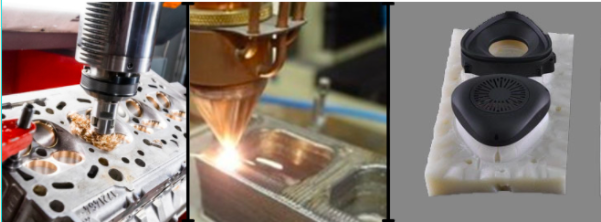Prototyping: How to validate your mass production abilities. - Copy

Validation phase is a rigorous process to ensure that the product can be consistently manufactured at scale. In order to optimize mass production, the validation phase includes not only engineering prototype but also engineering validation, design validation and production validation.
Several solutions to make your prototypes and to validate your design / Material ...
3D printing
3D printing helps to present a physical 3D model and allows the engineers to go even further, like printing bending tools for the press brake and bending several prototypes, which is enough to validate a design. This delays the investment for the creation of an expensive bending tool to the moment when the design is validated and will require no further adjustments.
Vacuum Casting
Vacuum Casting may be used with a multitude of materials and a wide variety of textures, rigidity, strength, hardness or softness. Vacuum casting with a silicone mold, is the combination of two distinct methods: vacuum casting on the one hand and flexible molds on the other hand. Added to this are polyurethanes, which mimic the properties of the materials used in mass production. Vacuum casting is now widely used in pre-series productions or small series for visual, assembly, functional, mechanical and market testing.
Prototype tool
Whether tools or parts, prototyping solutions enable to produce prototypes in a very short time. A prototype is a preliminary model or mock-up of a product that provide a clearer picture of the design intent and structural requirements of a product. This allows to efficiently iterate, test, and validate designs early on, leading to final products that work better and require little to no last minute reworking when the product goes into mass production.